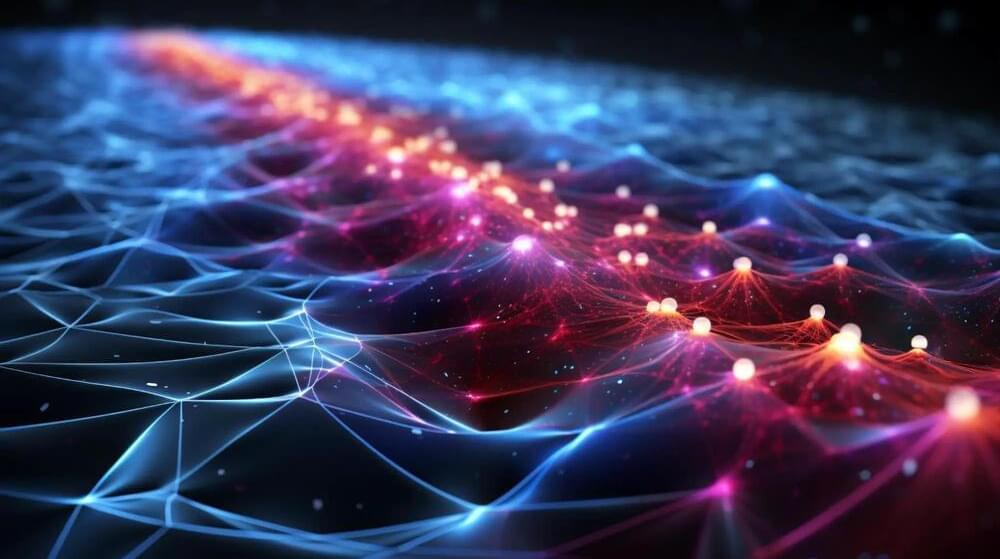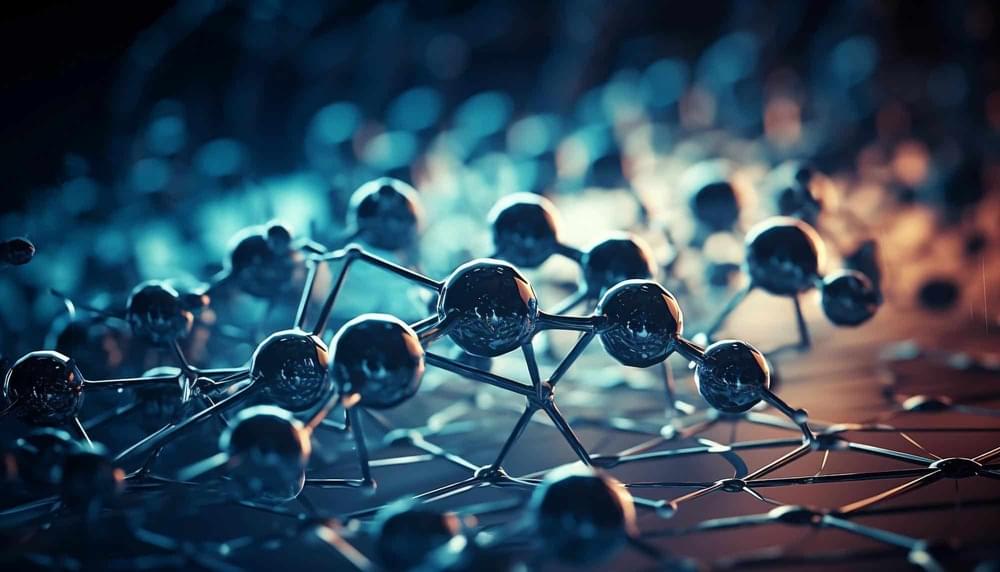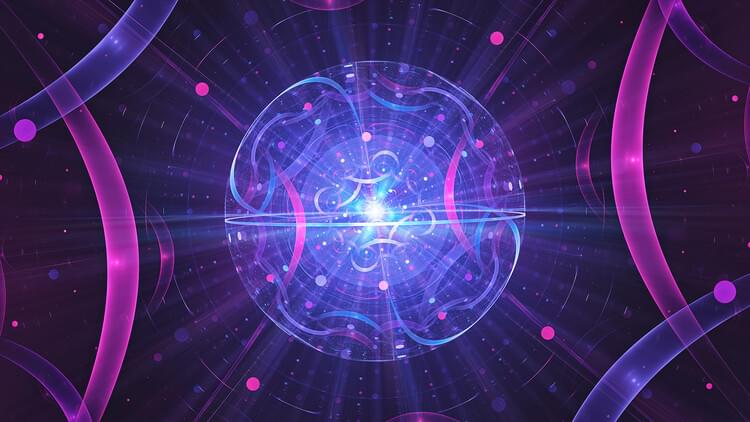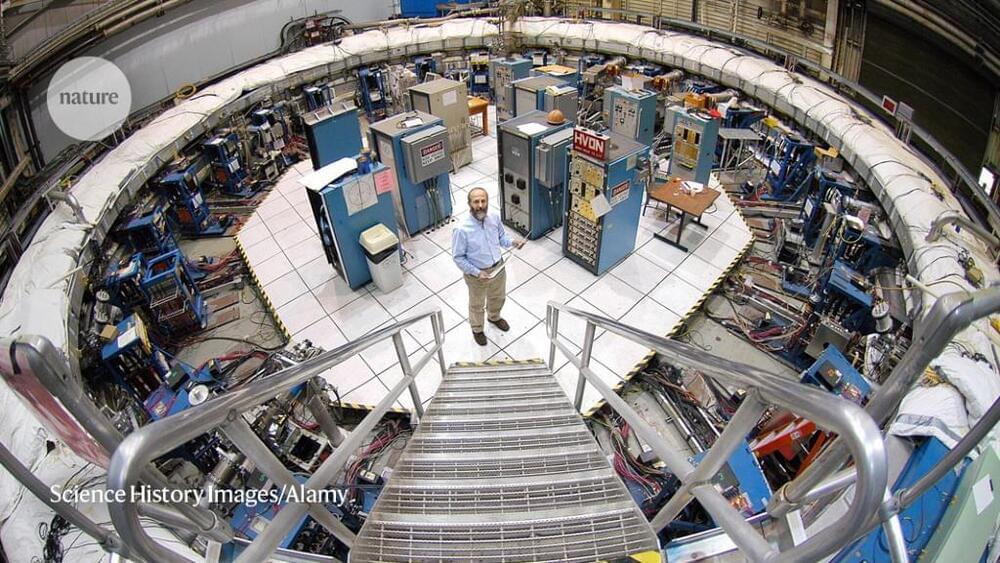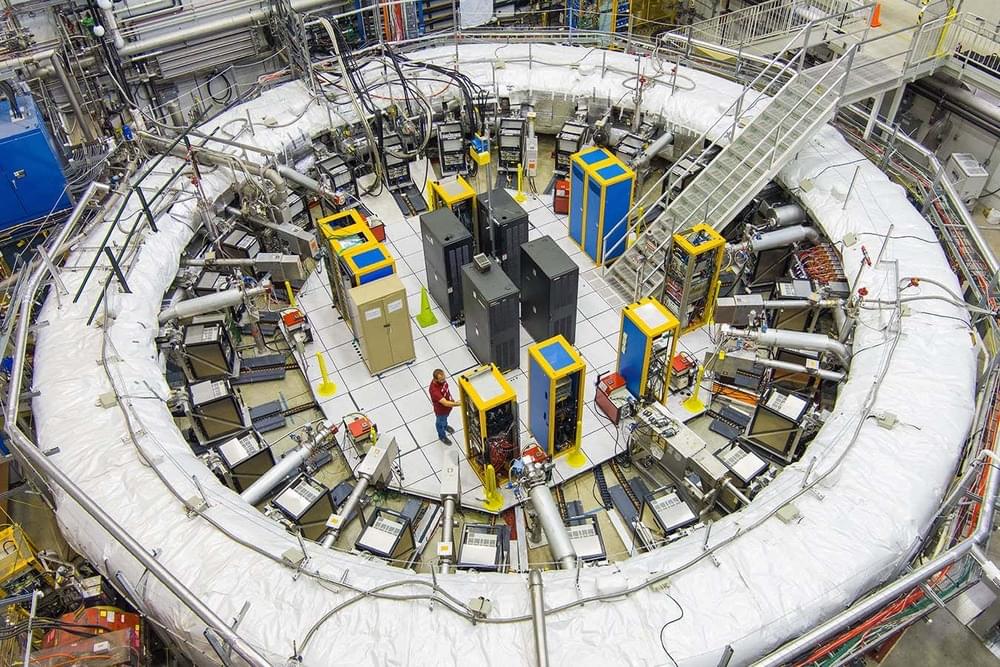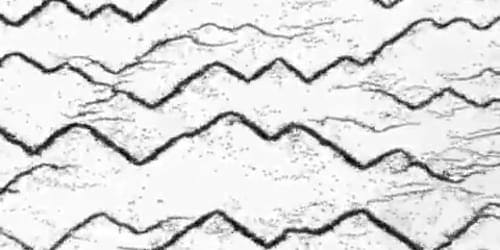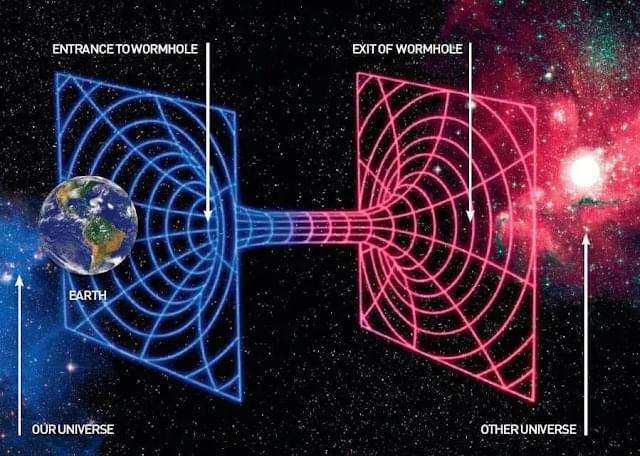Aug 14, 2023
Mystery of Entropy FINALLY Solved After 50 Years! (STEPHEN WOLFRAM)
Posted by Dan Breeden in categories: computing, particle physics, space
Please check out Numerai — our sponsor @
http://numer.ai/mlst.
Patreon: https://www.patreon.com/mlst.
Discord: https://discord.gg/ESrGqhf5CB
Continue reading “Mystery of Entropy FINALLY Solved After 50 Years! (STEPHEN WOLFRAM)” »

